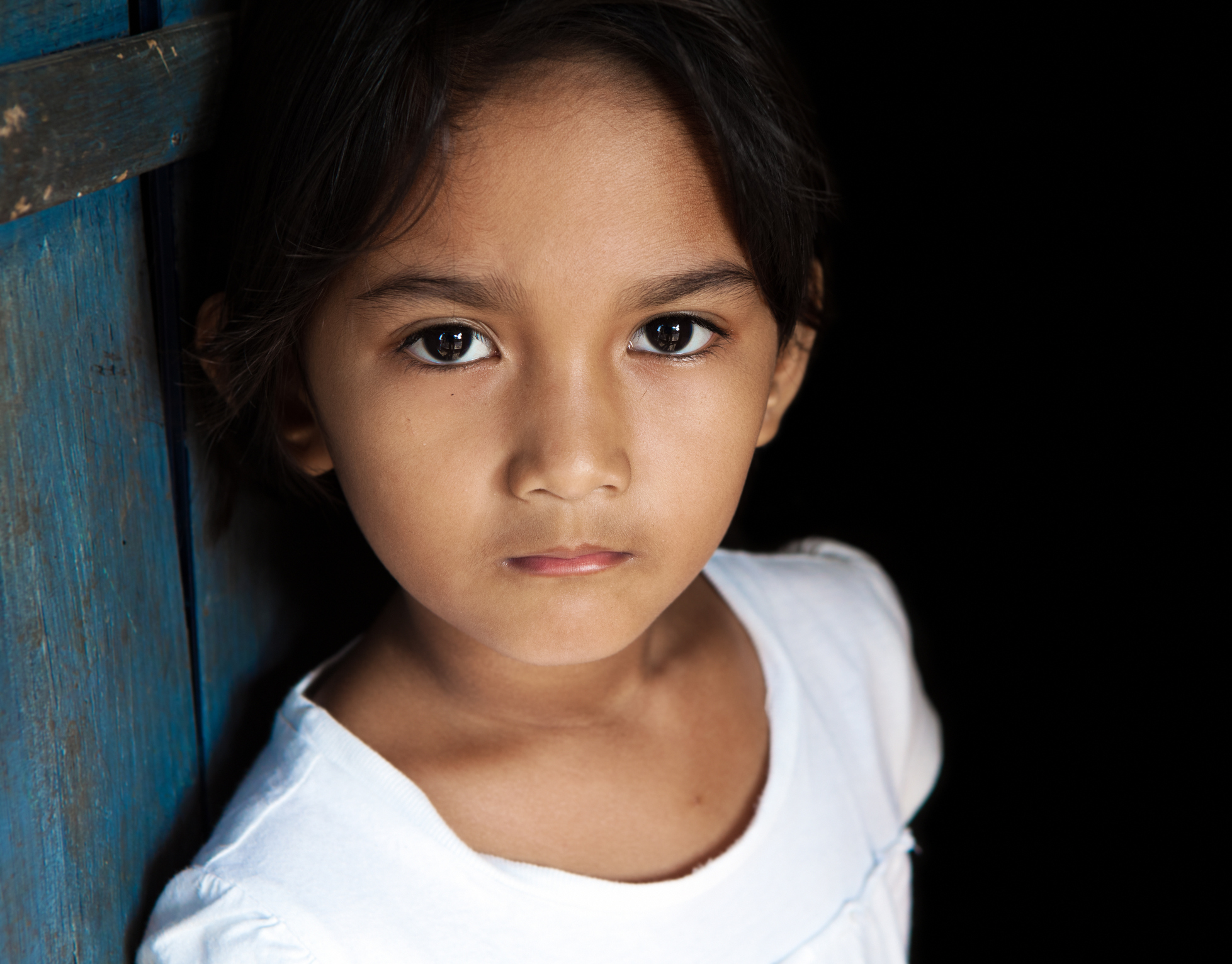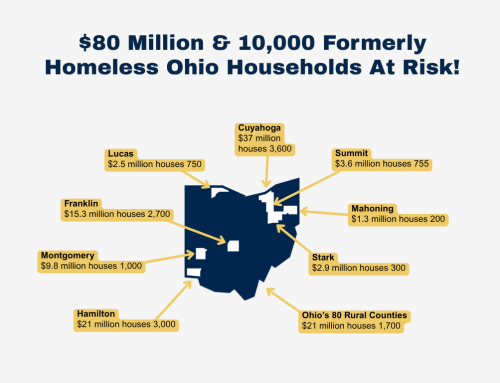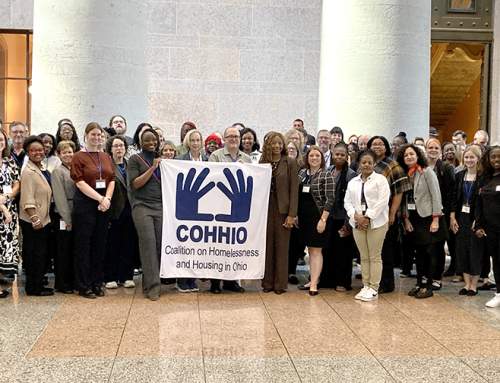Ohio’s homeless rate ticked slightly upward in 2018, representing the first increase in many years, according to an annual report issued this week by the U.S. Department of Housing and Urban Development.
HUD’s Annual Homeless Assessment Report to Congress counted 10,249 homeless Ohioans in 2018, an increase of 1.5 percent over last year.
However, a much more comprehensive study by the Ohio Housing Finance Agency (OHFA) found homelessness increased steadily in recent years to a total of 70,123 people in 2017. The total number of people seeking assistance from Ohio’s homeless services agencies represents a 20 percent increase over 2012.
Young children are among the fastest growing segments of Ohio’s homeless population, according to OHFA’s “Revisiting the Silent Crisis” report. Nearly 30 percent of all the individuals accessing homeless services in 2017 were minors. This includes 2,943 infants under age 1, an increase of 53 percent over 2012.
HUD’s report is based on the Point-in-Time count, an estimate of the number of homeless people on one night in January. OHFA’s study seeks to quantify the total number of individuals who accessed shelters, supportive housing, and other homeless services in the state during an entire year.
Bill Faith, executive director of the Coalition on Homelessness and Housing in Ohio, said the rising rate of homelessness was linked to the dwindling supply of affordable housing in the Buckeye State.
“Given the growing gap between rents and incomes, it’s remarkable that homelessness hasn’t risen more dramatically,” he said. “Communities have managed to minimize the increase by adopting more effective methods to prevent homelessness for at-risk families and quickly restore housing when people lose their homes.”
However, with rent increases continuing to outpace wages and nearly 400,000 Ohio households now spending over half their income on rent, local homeless agencies will be overwhelmed in coming years unless state and federal leaders act.
“Homelessness isn’t inevitable. We know what the solution is: affordable housing. Ohio can take concrete steps to reverse the alarming increase in the number of children and seniors entering the homeless system,” Faith said.
COHHIO is calling on the incoming administration and legislature to expand the Ohio Housing Trust Fund in 2019. In addition, the organization recommends allocating a modest portion of Ohio’s TANF funding, which currently has a more than $500 million surplus, to support effective services that help families resolve housing crises, like rapid rehousing.
“We commend the focus on improving early childhood education. But we know It’s very difficult for kids who are homeless, living in a car or a shelter, to do well in school without access to stable housing,” Faith added. “The good news is strategies that reduce homelessness also position Ohio to make progress on education and other public policy issues, like health care, child welfare and the economy.”
More information:
- Federal, State Reports Shed Light on Ohio Homelessness – Gongwer News Service, Dec. 19, 2018
- Ohio Homeless Number Drop Slightly in 2018, Spikes in Youth – The News-Herald, Dec. 19, 2018
- Homelessness Increasing Among Kids, Families – Norwalk Reflector, Dec. 19, 2018
- Homelessness in Ohio Back on the Rise – Local 12 WKRC, Dec. 18, 2018
- Homelessness Increasing in Ohio with Sharp Rise Among Children and Families – ABC6 On Your Side, Dec. 18, 2018








